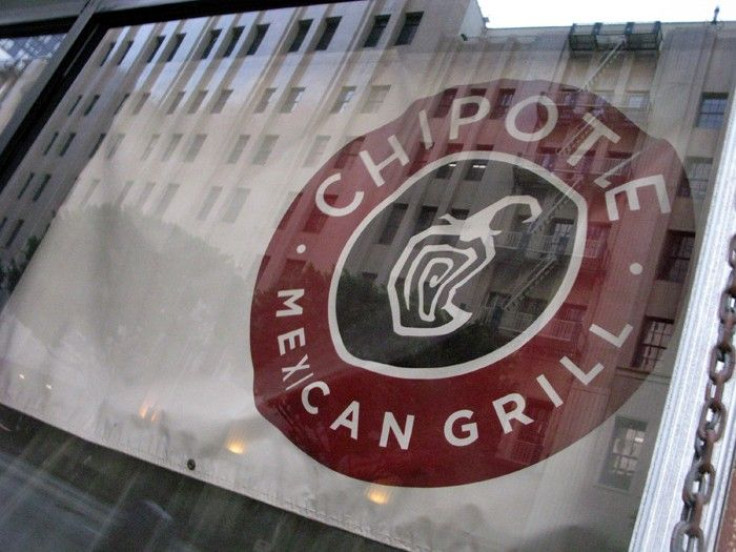U.S. Restaurant Traffic Flat Through First Three Quarters, But Success Stories Give Hope for Next Year

Americans are dining out at about the same rate they did last year, stunting the growth of the restaurant industry in an economic that remains sluggish.
The United States restaurant industry saw flat traffic through the first three quarters of the year, though consumer spending at restaurants was up, according to analysis from The NPD Group released Tuesday.
It's a continuing sign of the economic uncertainty, high unemployment and low consumer confidence in the U.S. that has taken its toll on the restaurant and foodservice industries.
Consumers held tight to their foodservice dollars this year, even the deals that helped drive traffic over the past few years weren't as effective this year, Bonnie Riggs, NPD restaurant industry analyst, said in a statement.
However, it is evident that the new product offerings, innovation, and marketing support most evident in the fast casual segment, fast food hamburger, coffee/donut/bagel categories, and convenience store foodservice were successful in getting consumers a reason to visit more.
Restaurant traffic fell 0.4 percent in both the second and third calendar quarters after seeing an encouraging 0.2 percent increase in the quarter ending March. The new data follows last week's National Restaurant Association's Performance Index slipping ever so slightly due to lower foot traffic and sales.
Fast-food restaurants, which account for 78 percent of restaurant visits by consumers, were flat in the third quarter. One of the success stories came from titan McDonald's, which saw third-quarter identical-store sales jump 5 percent, the company reported in late October.
Casual dining restaurants, which make up 11 percent of traffic, declined one percent in the third quarter. Restaurants like Applebee's, which has been declining in foot traffic for a while, fit into this category.
Midscale or family restaurants, which account for 10 percent of traffic, saw the steepest decline at 4 percent in the third quarter. However, there were success stories from players such as Chipotle, which saw revenues surge 25 percent in the third quarter, and Panera, whose revenues skyrocketed 22 percent in its third quarter.
This is what prompted the NPD to give a positive outlook on the health of the restaurant industry. Even though traffic fell, consumer spending at restaurants rose 1.3 percent in the quarter ending September.
In fact, consumer spending has been up all year, mostly due to check growth, according to the NPD. The average per-person check jumped one percent in the first quarter and two percent in the second and third quarters.
According to its data and economic indicators, the NPD said the industry forecasts look to improve next year by about 1 percent after remaining flat for the rest of 2011.
Even with traffic stagnant for most of this year, there were still 61 billion visits made to U.S. restaurants for the year ending September, Riggs said. Next year the outlook is brighter. The fact is the industry is and will remain an important contributor to the U.S. economy.
© Copyright IBTimes 2024. All rights reserved.











